The Interplay of Tradition and Modernity in Mexican Interior Design

Mexican interior design is a rich tapestry, interweaving elements from its native Mesoamerican roots, Spanish colonial designs, and modern international trends. Known for its vivid color palette and profound ties to Mexico’s cultural heritage, this design style paints domestic spaces with an interesting blend of historicity and contemporaneity. Delving into the vibrant world of Mexican interior design uncovers the vivacity and depth it imparts to homes, merging the old with the new in a unique fashion.
Tip: Explore different styles of interior design.
The Charm of Traditional Mexican Interior Design: A Narration of History
Traditional Mexican design occupies a distinctive position in the global design landscape, its unique features imbuing spaces with vitality and warmth. It is characterized by striking colors, rustic décor pieces, and handmade accents that resonate with Mexico’s historical narrative.
Its color palette, reflective of Mexico’s rich cultural heritage and diverse flora and fauna, boasts an array of lively blues, fiery oranges, deep yellows, and earthy reds. This fusion of colors animates the spaces, making them radiate energy and life.
The designs prominently feature natural materials such as wood and stone. The common use of terracotta tiles, rustic wooden fixtures, and exposed beams mirrors the bond with nature and the artisanal craftsmanship ingrained in Mexican traditions. Art forms an integral part of traditional Mexican interior design. Many homes showcase handmade textiles, pottery, and folk art, adding a personal, intimate touch to these spaces.
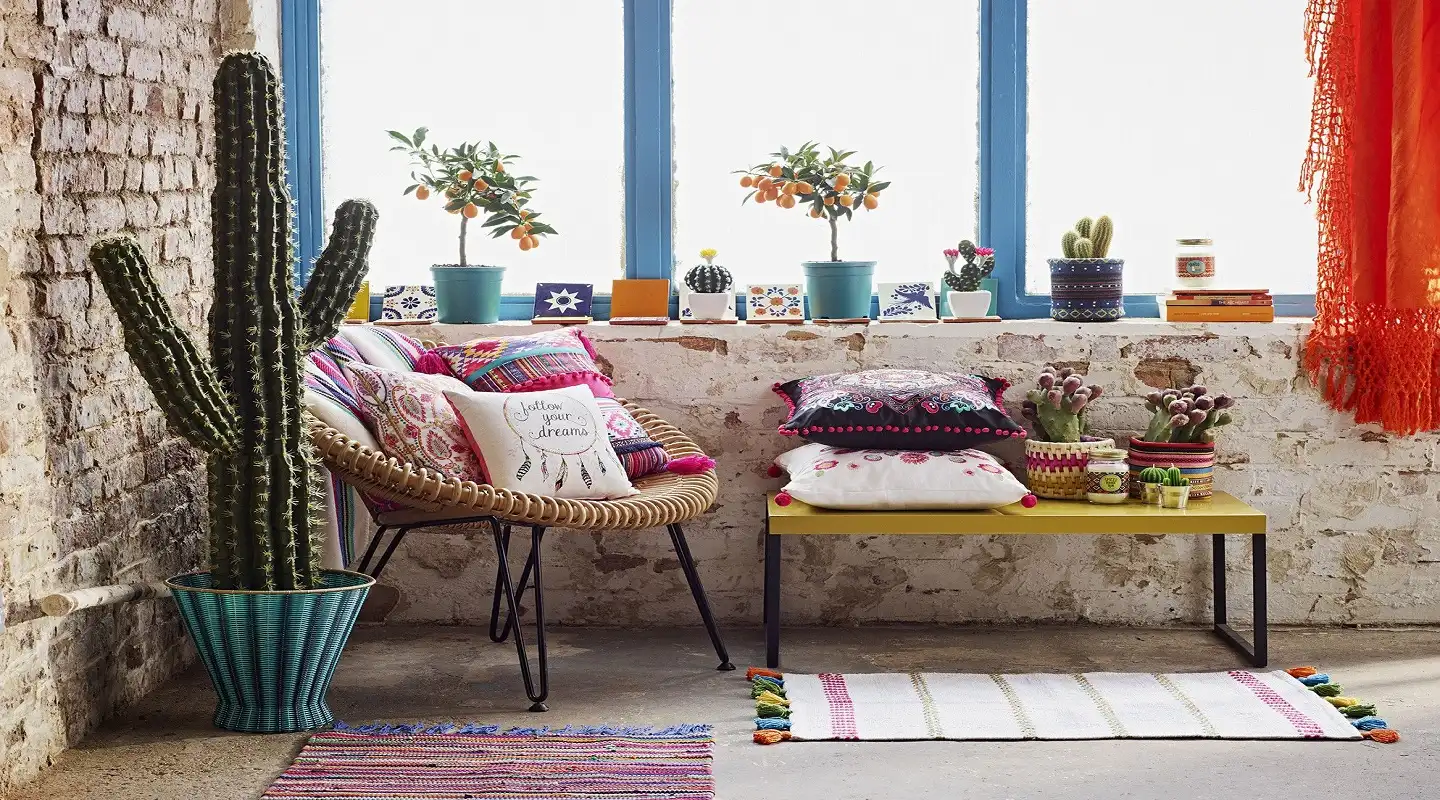
The Blend of Spanish Colonial Elements in Mexican Interior Design
Spanish colonial influence marks another pivotal aspect of Mexican interior design, observable in many homes’ intricate detailing and stucco walls. The colonial impact brought elements such as ironworks, hand-painted tiles (Talavera), and detailed carvings, harmonizing with traditional Mexican aesthetics to create a distinct design language.
Spanish courtyards, key colonial architecture features, have been incorporated into Mexican homes. These often evolve into indoor-outdoor spaces, becoming the soul of the house.
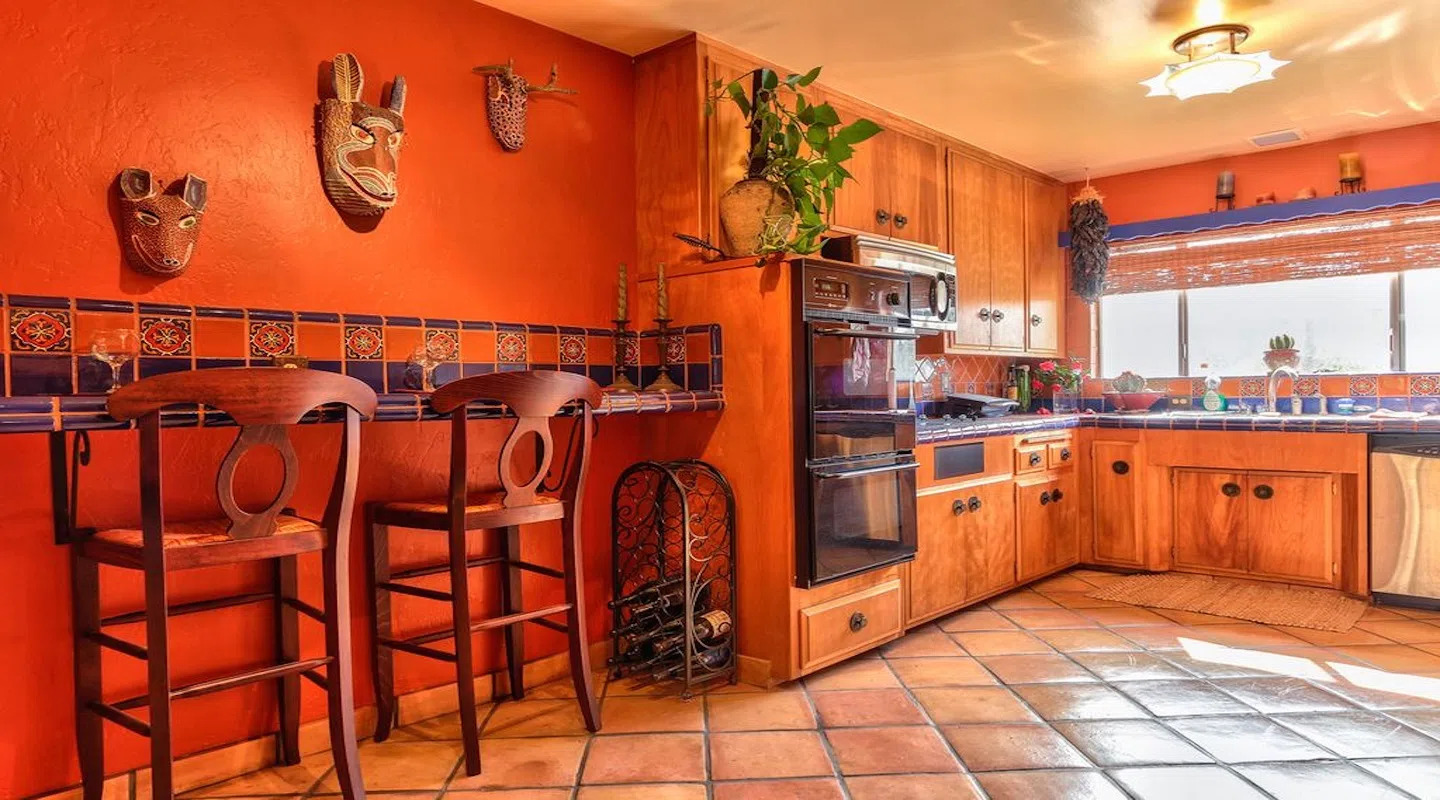
Contemporary Mexican Interior Design: Bridging the Gap Between Tradition and Modernity
Modern Mexican design blends traditional elements with contemporary design principles. It has succeeded in preserving its cultural essence while adapting to modern preferences, thus striking a harmonious aesthetic balance.
In contemporary Mexican interiors, the color scheme is more subdued, yet the inherent passion for color prevails. Subtle earth tones interspersed with bold accents replace the traditional vibrant hues, creating a more refined Mexican aesthetic.
The use of natural materials persists in modern design, albeit with an updated interpretation. Smooth surfaces like polished concrete or richly textured woods often juxtapose with rougher textures like raw stone or exposed brick, introducing a sense of depth and intrigue to the interiors.
Artisanal elements remain central to contemporary Mexican interior design. Modern designers often partner with local artisans to create bespoke pieces, combining traditional craftsmanship with modern forms and functionalities, preserving the cultural heritage and providing each home with unique, handcrafted pieces that tell a story.
Green design has become a key aspect of contemporary Mexican design. Designers increasingly turn to sustainable practices, using locally sourced materials and integrating green spaces into interiors, further enhancing the bond with nature.
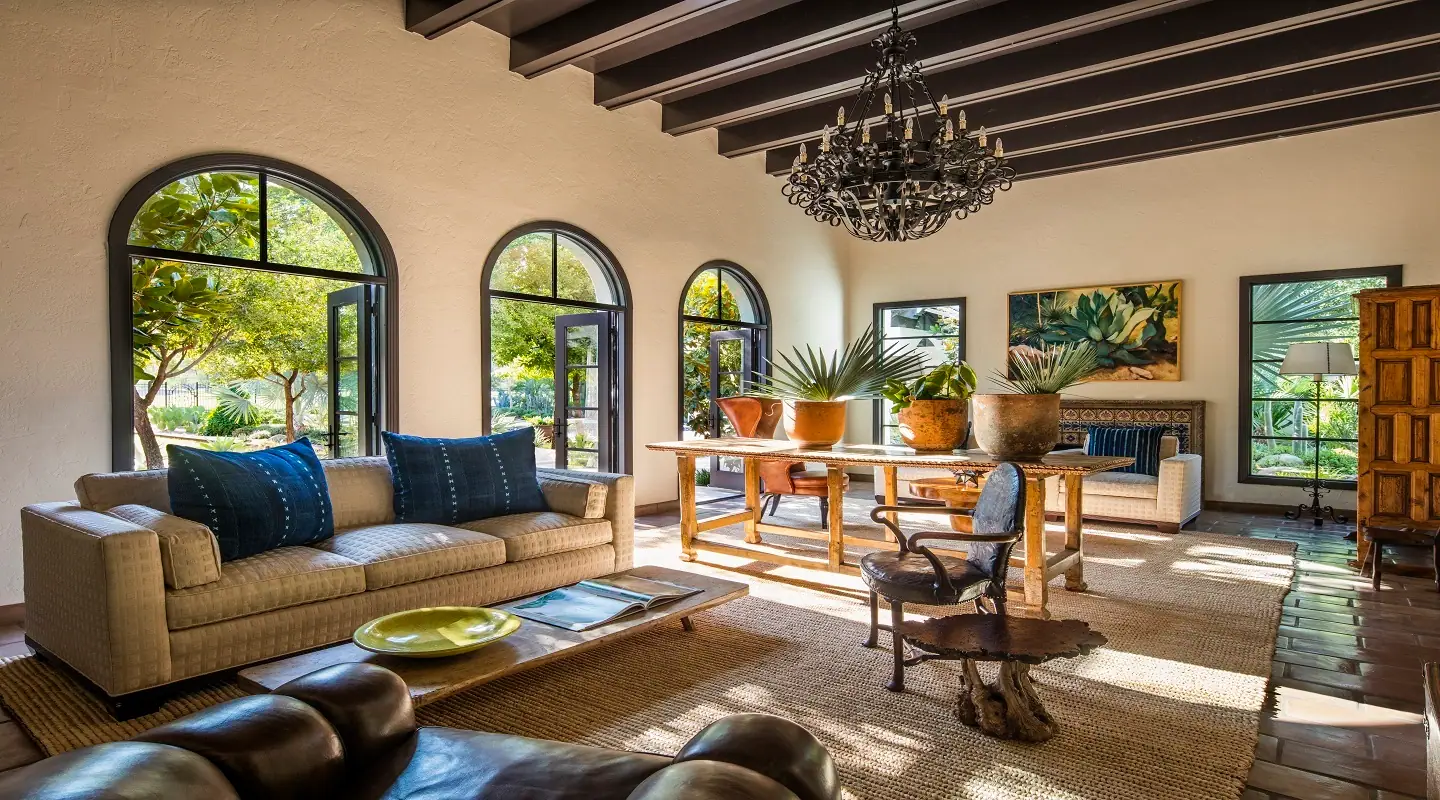
The Role of Folk Art in Mexican Interiors
Known as “arte popular” in Mexico, folk art holds a significant place in Mexican interior design. These colorful and often whimsical art pieces are not just decorative; they are vital cultural symbols, encapsulating the Mexican people’s history, beliefs, and spirit, adding a deeper layer to the design.
In modern Mexican design, folk art can be a captivating centerpiece within a minimalist backdrop. For instance, a vibrant “Tree of Life” sculpture against a bare white wall can create a strong visual impact. These pieces introduce a splash of color and character, transforming an otherwise regular space into an extraordinary one.
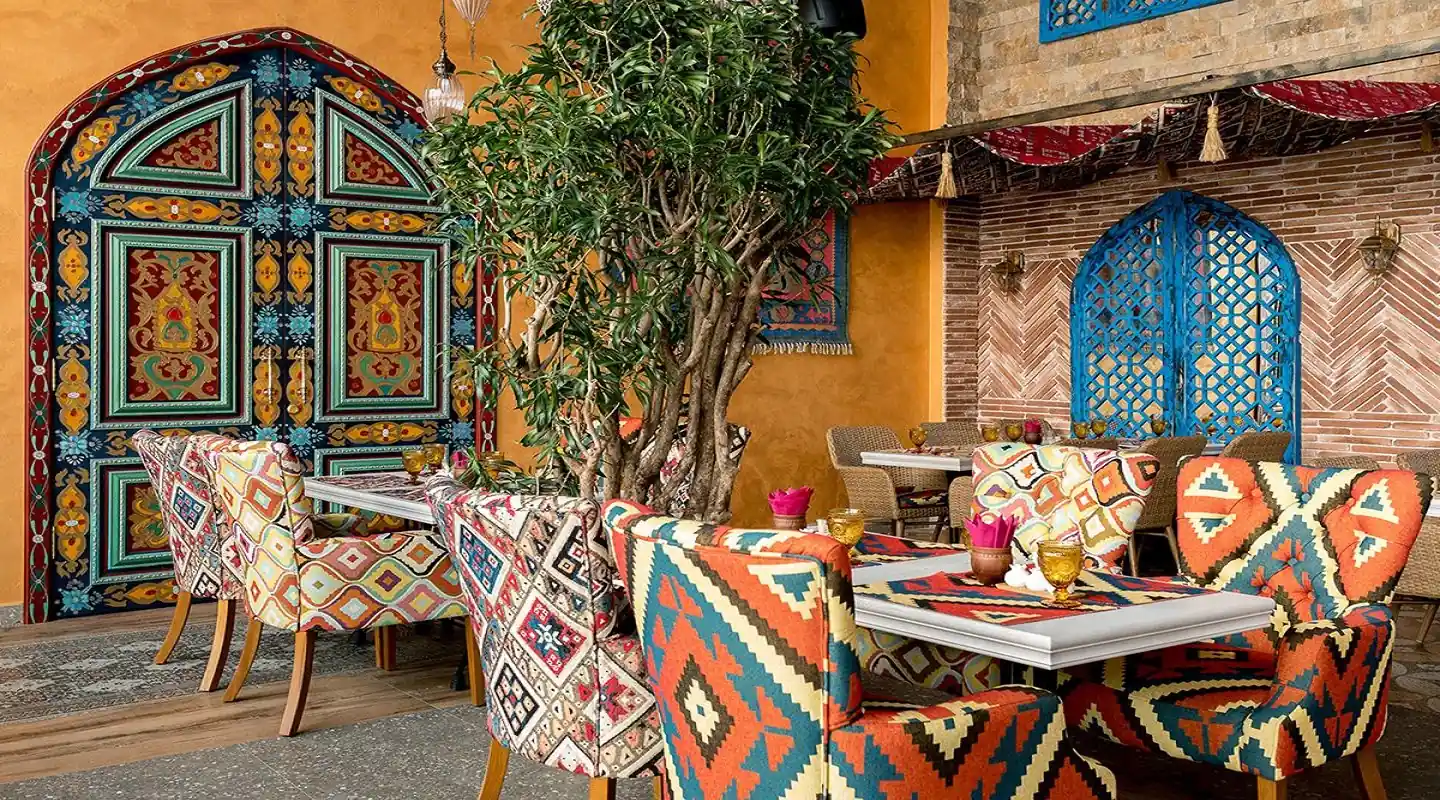
Light and Space: Key Elements in Mexican Interior Design
The interplay of natural light and spacious interiors is crucial in Mexican interior design. Drawing inspiration from the country’s sunny weather and its fondness for social gatherings features such as large windows, skylights, and open layouts enhance the influx of sunlight and air, amplifying the home’s warmth and liveliness.
Modern Mexican design further advances this principle by integrating extensive glass walls and doors, creating an ambiguous boundary between the interior and exterior spaces. This design approach brings the outdoors inside, allowing nature to become an intrinsic component of the home’s design.
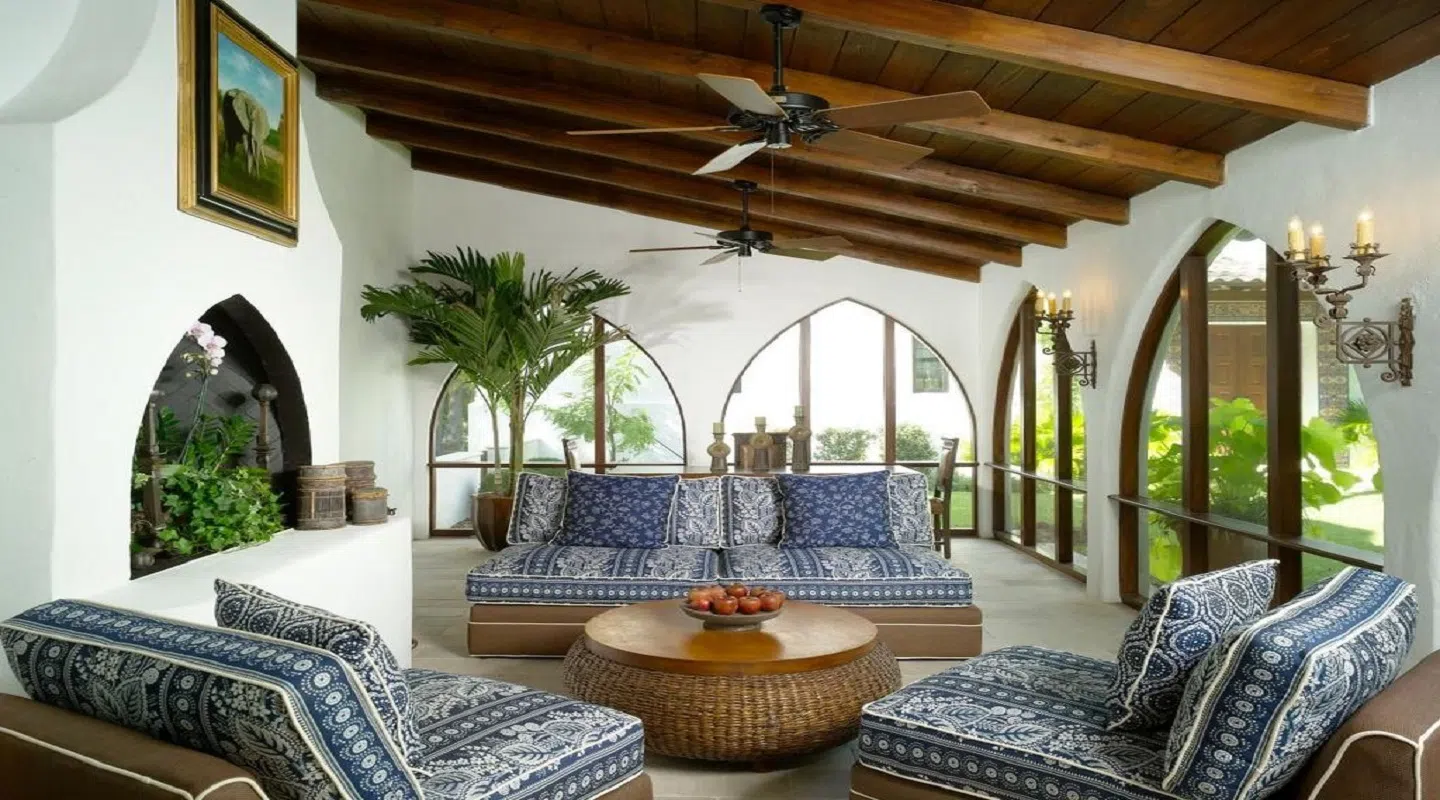
The Influence of Textiles on Mexican Interior Aesthetics
Textiles are significant in Mexican interior design, providing a flexible and appealing way to incorporate traditional elements. Items like handwoven rugs, embroidered cushions, and multicolored blankets introduce layers of texture and color, enriching the overall aesthetic appeal.
In the context of contemporary Mexican design, these textiles often contrast with minimalist furniture and neutral backgrounds, enabling their elaborate patterns and striking colors to stand out. They serve as a perfect medium to merge the old with the new, honoring tradition while adhering to modern trends.
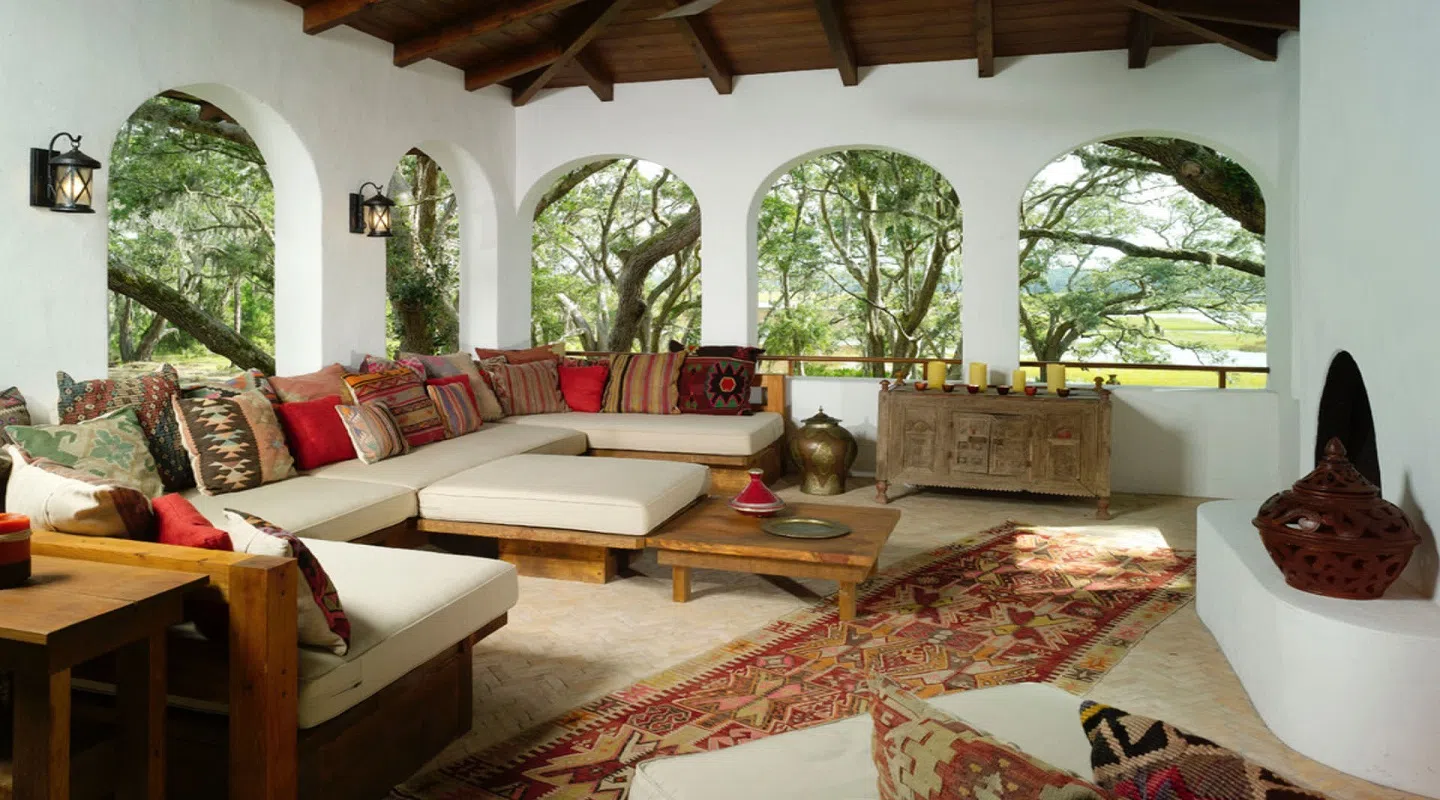
The Echo of Pre-Hispanic Times: Geometry in Mexican Design
Whether traditional or modern, Mexican design is replete with geometric shapes and patterns. The predominance of geometric forms refers to the country’s Pre-Hispanic cultures, which incorporated complex geometric designs in their pottery, textiles, and architecture.
In present times, geometric motifs can be found in elements like floor tiles, wall art, furniture, and accessories, introducing a sense of visual rhythm and pattern to the interiors. Incorporating geometric elements in modern Mexican design can range from bold and graphic to subtle and nuanced, contingent upon the overall design strategy.
The Allure of Mexican Patios and Courtyards
Mexican homes often feature patios and courtyards, architectural remnants from the colonial era. These spaces function as a seamless link between the indoors and outdoors, offering spaces for relaxation, entertainment, and family get-togethers.
In modern Mexican design, patios and courtyards have transformed into a platform for innovative landscaping, integrating features like water elements, tropical plants, and even outdoor sculptures. These areas frequently showcase traditional Talavera tiles or pebble mosaics, lending an artistic touch to the open spaces.
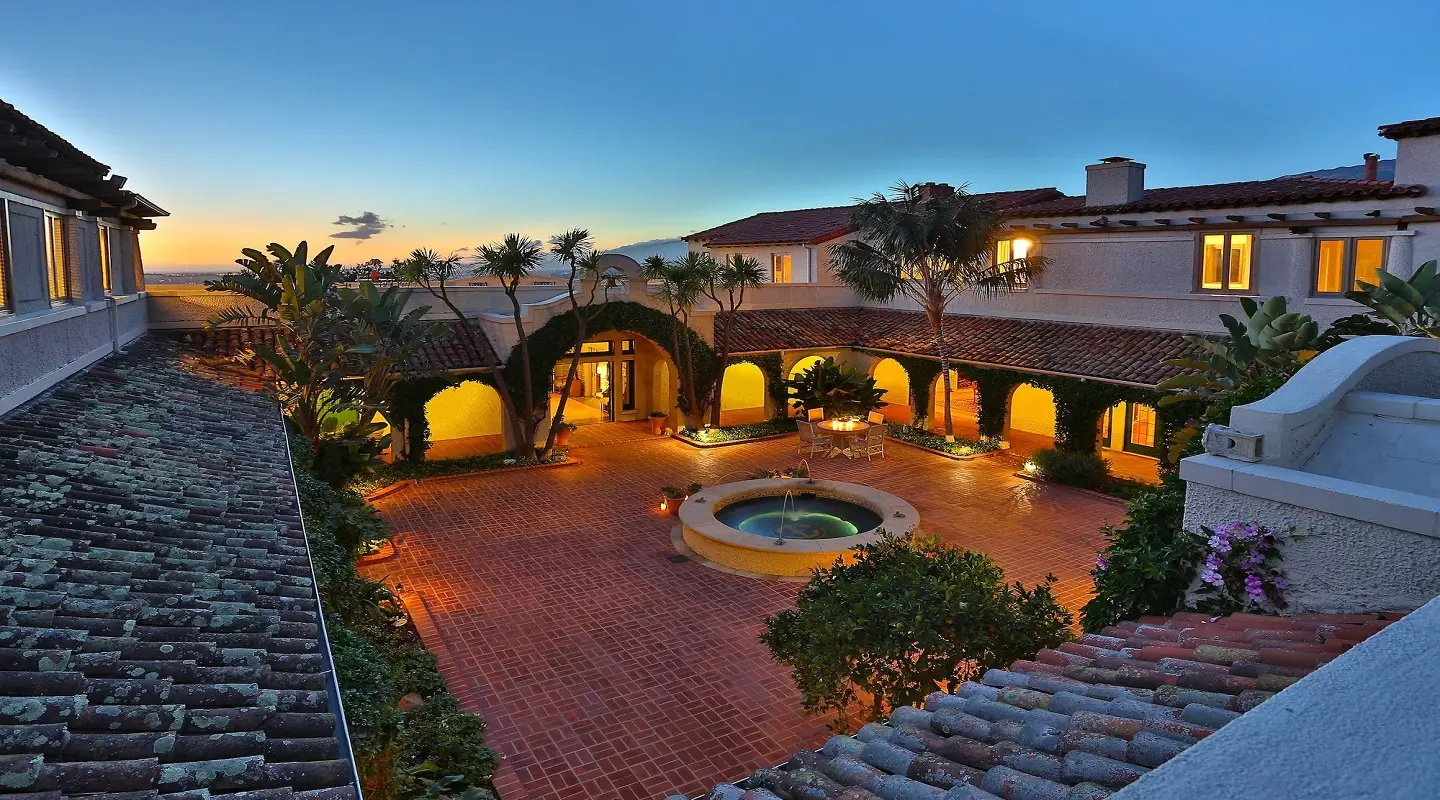
Sustainability and Eco-Friendly Practices in Contemporary Mexican Interiors
In response to the escalating global consciousness about environmental concerns, Mexican designers have begun to adopt sustainable design practices more widely. This shift includes using locally-sourced, recycled, and eco-friendly materials and promoting energy efficiency.
Modern Mexican homes are now frequently equipped with solar panels, rainwater collection systems, and green roofs. Interiors often house various indoor plants, improving air quality and fostering a serene, natural ambiance. This environmentally conscious approach benefits the environment and contributes to a unique, earth-inspired aesthetic in the design.
Conclusion
With its deep historical and cultural roots, Mexican interior design encapsulates diverse, vibrant colors, rustic elements, and artisanal craftsmanship. With the transition towards contemporary Mexican design, it continues to sculpt a distinct identity, intertwining the timeless allure of traditional components with the streamlined aesthetics and eco-friendly principles of modern design. Whether expressed through its traditional or contemporary forms, Mexican interior design stands as a vibrant testament to the country’s rich artistic legacy and dynamic culture.



Did you find what you were looking for?